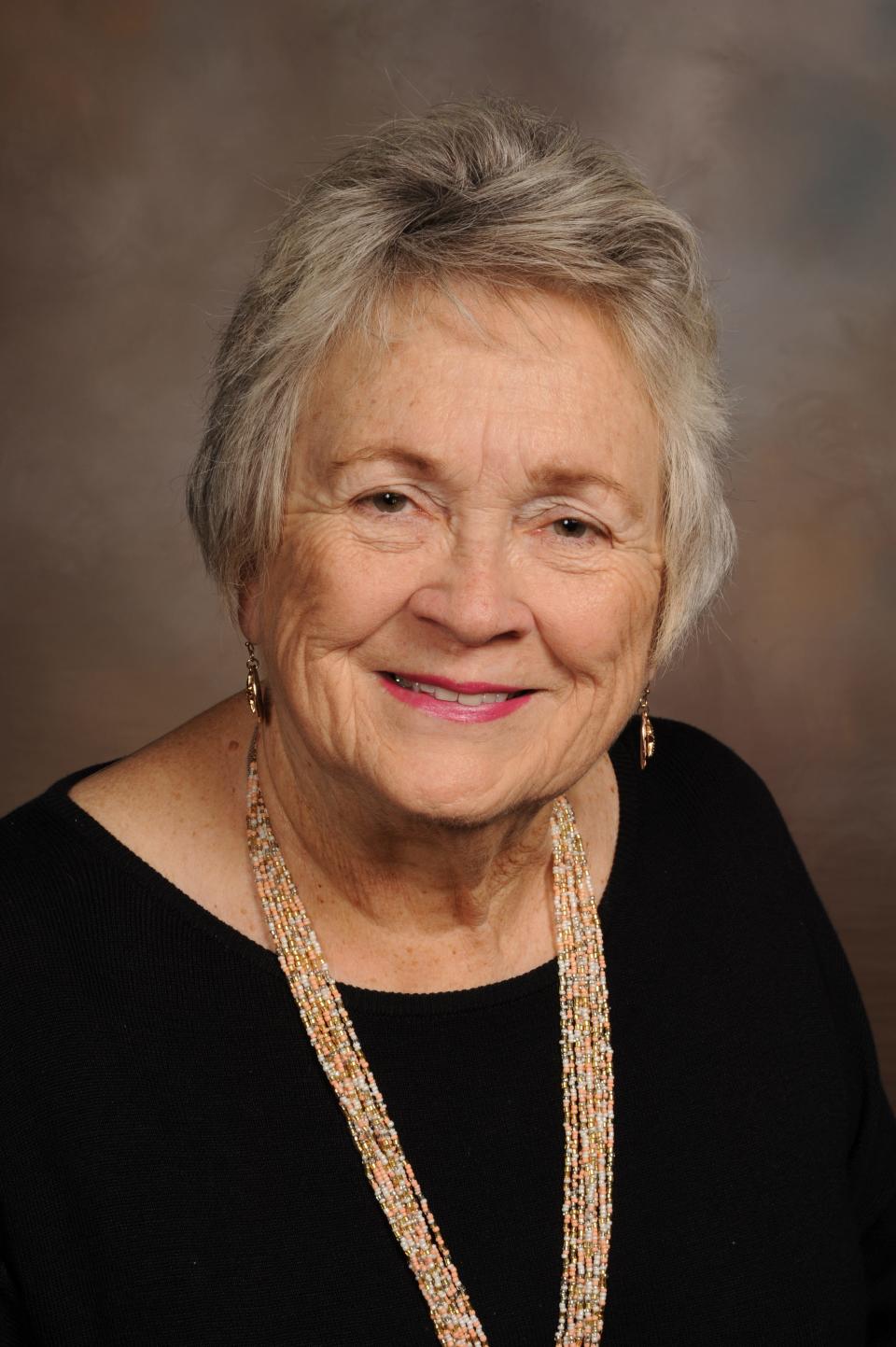Older Oklahomans need affordable high-speed internet service ― and the skills to use it
Oklahoma has a historic opportunity to expand access to affordable, reliable, high-speed internet to everyone in the state, no matter where they live or their circumstances.
Access, however, depends on more than wires, poles and other pieces of infrastructure. It also depends on making sure that internet service is affordable, and that all Oklahomans have the tools and the skills to use it.
The National Telecommunications and Information Administration recently approved an integral part of Oklahoma’s Digital Promise Plan. This is the first step in unlocking federal funding that can help underserved communities ― including older Oklahomans, veterans, low-income families, tribal communities, people living in rural areas and others — to connect to the internet.
The plan was developed after robust collaboration with stakeholders, partner organizations and public participation. Through that work, the Oklahoma Broadband Office found that while the state has made significant strides in recent years to close digital gaps, it continues to face numerous challenges, especially in rural areas. They found that 59% of listening tour attendees view high costs as a barrier to broadband subscribership. Thirty percent cited lack of digital skills as another key barrier.
On behalf of our nearly 400,000 members, AARP Oklahoma applauds the approval of our state’s plan to expand high-speed internet access and adoption across our state. High-speed internet is not a luxury. It is a necessity for older Oklahomans. Better connectivity allows them to navigate online government services, participate in virtual medical services, find and maintain employment, meet daily needs and connect socially. In short, it will improve the quality of life and help adults 50+ safely age in place.
This plan is Oklahoma’s blueprint to tear down the digital divide in our state. There are several key strategies that have been identified to reduce barriers to internet access. Through implementation, Oklahoma will pursue efforts to improve overall broadband availability, affordability, digital skills and device access, and sustain these efforts over time. This is no small task.
More: Internet subsidy program is about to end. Now what? | Savvy Senior
While putting this comprehensive plan together is a commendable start, there is still much work ahead of us. AARP Oklahoma looks forward to working with the Oklahoma Broadband Office and other key stakeholders toward successful implementation of this plan. Like other traditionally underserved groups, too many older adults have been left behind for too long.
More: Over the past 20 years, a lack of high-speed internet access led to negative economic effects
We also must maintain our focus on ensuring that internet is affordable. As Oklahoma’s plan demonstrates, wires alone can’t solve the problem of connectivity, which is why AARP remains committed to the continuation of the federal Affordable Connectivity Program, which provides direct support to Oklahomans to help them afford internet service.
Eligible households can receive a benefit that provides a $30 to $75 per month discount on the cost of high-speed internet. For many families, that can cover the entire cost of their service. There are over 350,000 Oklahoma households on the Affordable Connectivity Program and over 40% of these are headed by a resident 50 or older.
Right now, the program is at risk of running out of money in May. As Oklahoma — working in collaboration with regional and local partners ― works to close the digital divide, it’s our hope that Congress will maintain this critical program. Older adults in Oklahoma are counting on action.

Joe Ann Vermillion is AARP Oklahoma volunteer state president.
This article originally appeared on Oklahoman: High-speed internet is a necessity for older Oklahomans to age in place

